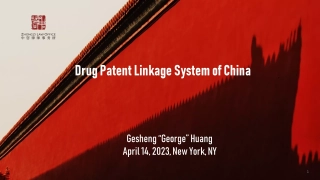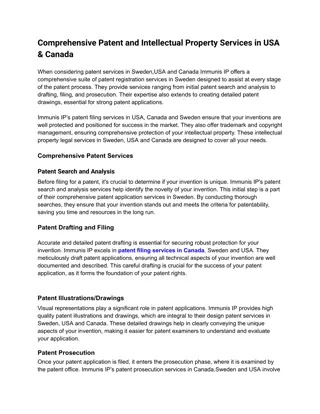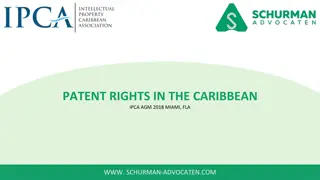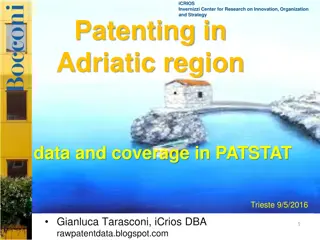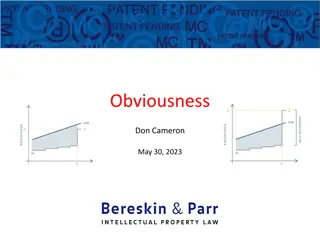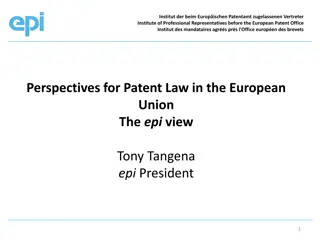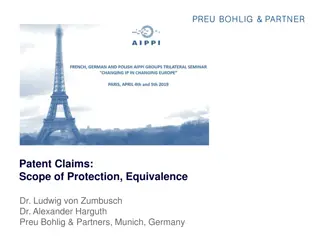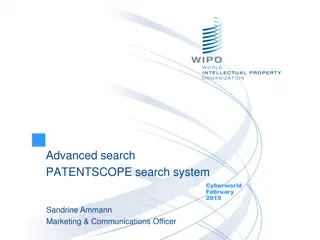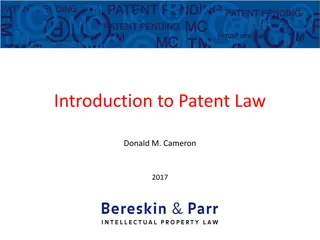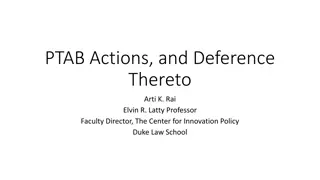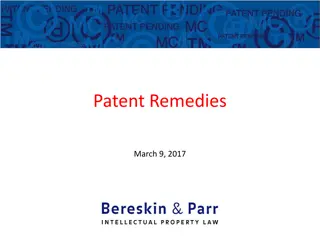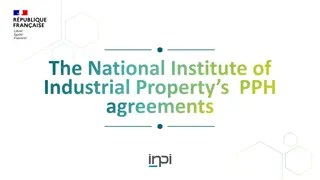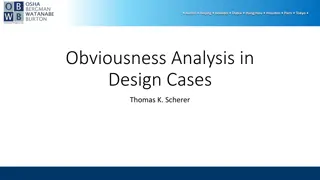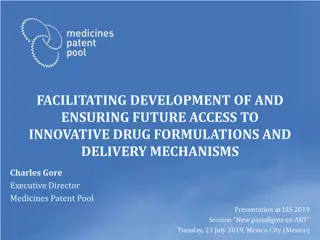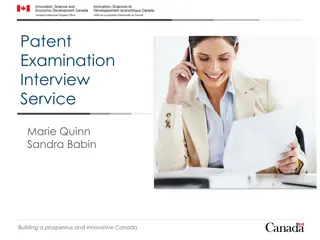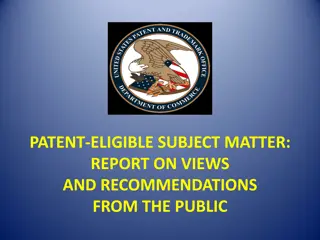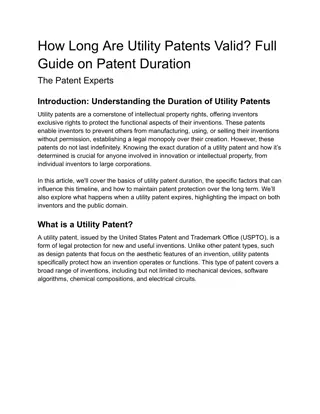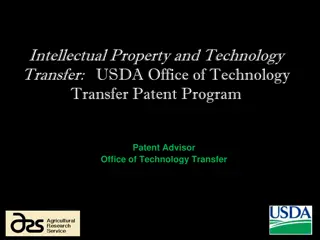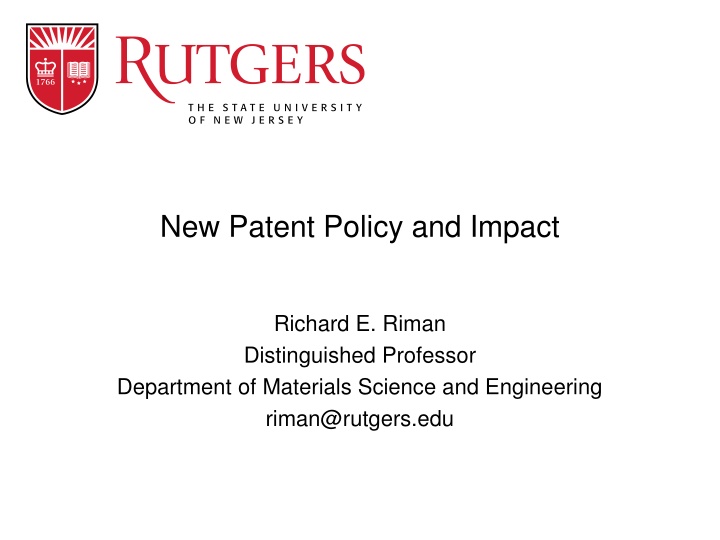
Impact of New Patent Policy on Faculty and Research at Rutgers
The new patent policy at Rutgers University, led by Richard E. Riman, significantly changes the distribution of royalties, raising concerns among faculty members regarding transparency and incentives for commercializing research. This policy shift has resulted in a reallocation of funds from faculty-driven initiatives to university administrators, potentially hindering innovation and collaboration within the academic community.
Download Presentation

Please find below an Image/Link to download the presentation.
The content on the website is provided AS IS for your information and personal use only. It may not be sold, licensed, or shared on other websites without obtaining consent from the author. If you encounter any issues during the download, it is possible that the publisher has removed the file from their server.
You are allowed to download the files provided on this website for personal or commercial use, subject to the condition that they are used lawfully. All files are the property of their respective owners.
The content on the website is provided AS IS for your information and personal use only. It may not be sold, licensed, or shared on other websites without obtaining consent from the author.
E N D
Presentation Transcript
New Patent Policy and Impact Richard E. Riman Distinguished Professor Department of Materials Science and Engineering riman@rutgers.edu
Riman Research Group Summary of Changes in Royalty Distribution Before* Recipients were Inventor (25-28%), Research Unit (30-40%), Department (5- 10%) and OTC (25-30%) Dean or Director of Research Unit (5%) After Inventors (25-28%) Office of the President (10%) Office of the Chancellor (28-30%) RCM Center or Dean (28- 30%) Office of Research and Economic Development (0-6%) *% depends of exceeding $100k threshold % for inventors is unknown because policy because percentage adds up to more than 100% 2 Materials Science and Engineering
Riman Research Group The Fine Print Before 1st $5k goes to inventor Patent costs unpaid by licensee are then taken out of royalty stream Then distribution shown in previous slide implemented Easy to understand After 1st $5k goes to inventor Inventor share is then taken, ranging in 25-28% 5% is deducted for an early stage accelerator fund (basis of percent not defined) Adjusted Revenue (not defined what this is) is used to pay operating costs of OTC After adjusted revenue is deducted, remainder is distributed, either only to business units or to business units and inventor 3 Materials Science and Engineering
Riman Research Group Main Problems Faculty input was not sought on policy Faculty were not notified of policy change Written policy is vague wrt to exact procedure for computing royalty amounts to each receiving entity No support allocated for inventor laboratory(s) Portion going to OTC seems to be arbitrary amount chosen by OTC Royalty amount going to inventors could be a very small amount 3 groups of University administrators, who play no role in creating successful patents collectively, take 68-70% of the royalties Office of the President Chancellor s Office Dean 4 Materials Science and Engineering
Riman Research Group New Policy Removes Faculty Incentives to Commercialize Royalties are gone to grow an already successful effort by: Hiring research faculty, postdocs, students or technicians Maintaining equipment in laboratory Buying new equipment Balancing budgets Having funds to find grants and contracts, publicize research and participate in competitions Inventors have no clear method for estimating their share of the royalties for budgeting purposes, which if even substantial get split among many co-inventors Risks outweigh the benefits for a successful career Not having a successful patent despite huge time investment (see Slide 6) Not getting promoted at Rutgers due to lack of academic merit(see Slide 7) 5 Materials Science and Engineering
Riman Research Group A Successful Patent is Difficult, Time-Consuming & Risky Environment for licensing has changed Big corporations are not giving Universities large grants Big corporations try before they buy , thereby requiring a startup company to do all the product development Try before they buy has halted large corporate research programs at Universities Faculty spend time developing the strategy for creating a patent Talking to many companies to identify the right problem to solve Understand and evaluate the peer- reviewed literature, examiner-reviewed patents and patent applications for patentability Seek out technical and economic literature to make sure the patent can be profitable Create funding to do the work using both technical and economic data Set up the equipment needed for research and development for University and Corporate work Get contract signed Perform the work Submit a disclosure Faculty spend time finding money for patenting Rutgers pays for patents only on occasion Rutgers does not pay for international filings Faculty spend time finding licensees Faculty network with small and intermediate businesses Faculty sell business on idea Faculty convince company to make the appropriate investment Faculty spend time starting companies or finding entrepreneurs to start one Faculty must develop business plan or find partners to do it instead Faculty must find venture capital Faculty must build a research and development company Faculty must build team for company 6 Materials Science and Engineering
Riman Research Group Promotion Committees Do Not Reward Faculty Who Commercialize Most faculty believe that patenting and commercialization is not scholarly or difficult to do Most faculty think OTC does all the work for the faculty while their main responsibility is to process legal paperwork Commercializing technology is viewed as a corrupting influence in establishing sound engineering and scientific principles Faculty commercializing technology are perceived to be rolling in cash and should leave the university to make room for real professors These thought patterns prevent promotion committees from recognizing commercialization efforts as having academic merit, despite the many parallels (see slide 8 for parallels) 7 Materials Science and Engineering
Riman Research Group Commercialization Academic Merit The False Inequities! A patent examiner s review is not valued like a journal peer review even though an examiner s review is far more rigorous in terms of its originality and demonstration of feasibility Getting a patent awarded is not counted as a publication Patent citations are not monitored or counted like journal citations to estimate impact Finding or creating a licensee who spends tens to hundreds of millions of dollars on commercializing a patent is not counted as a grant or contract The techno-economic aspects of faculty crafting a profitable license is not considered a scholarly task The impact of the patent on technology progression and human behavior is not recognized like an impactful journal paper 8 Materials Science and Engineering
Riman Research Group Impact of New Policy Rutgers is the Loser Faculty will leave Rutgers to: Join universities that understand how to promote commercialization Be an entrepreneur Research faculty will leave for the sake of job security Faculty who stay at Rutgers will not pursue commercialization due to lack of a clear upside Faculty who stay develop workarounds that deny Rutgers the appropriate share of royalties 9 Materials Science and Engineering
Riman Research Group Major Messages New policy removes all but one incentive for faculty to commercialize their research done at University, namely personal royalties Successful commercialization of a technology will not enable a faculty member s research effort to grow as it once did in the past Successful commercialization efforts are not considered important for promotion in the academic environment Given the huge time investment, risk to career and possibility that no substantial personal benefit will result, commercialization efforts will greatly diminish at Rutgers Faculty who are already good at commercialization will leave Rutgers 10 Materials Science and Engineering

